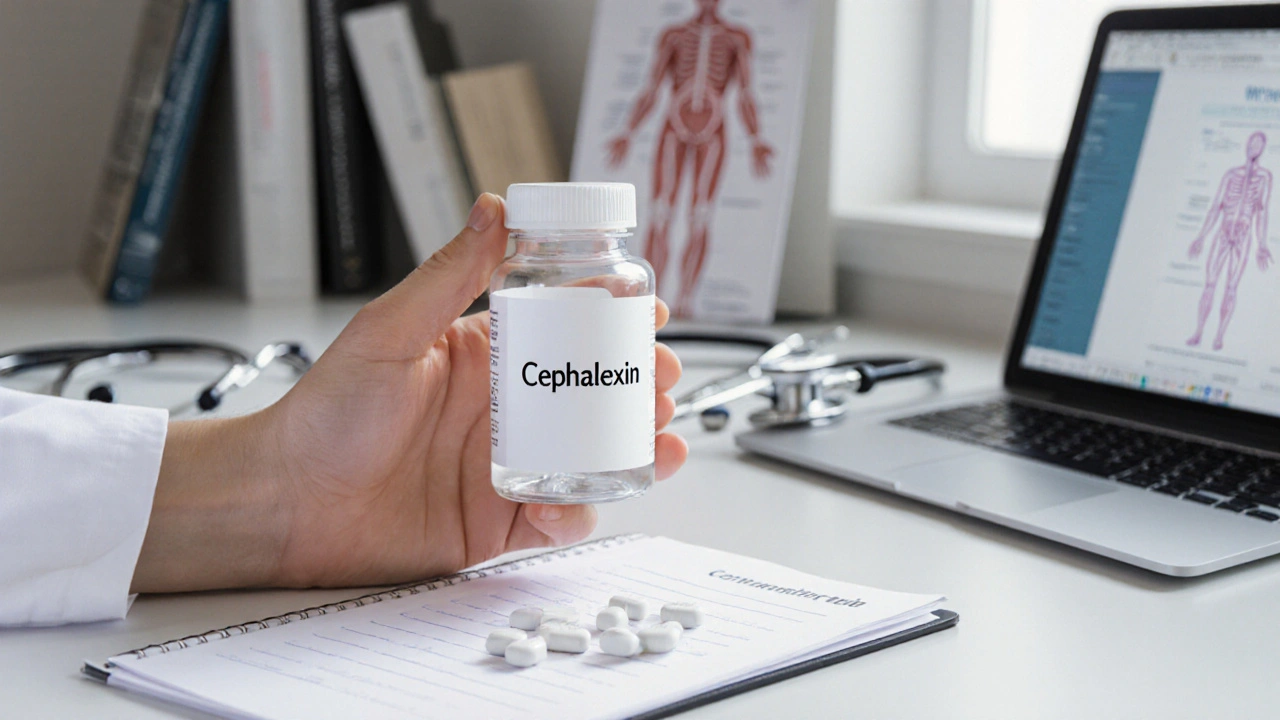Best Antibiotic – How to Pick the Right One for Your Infection
When you hear the phrase best antibiotic, the most effective medication for treating bacterial infections based on spectrum, safety, and resistance profile, you expect a clear answer. Also known as optimal antibiotic, it’s the drug that hits the bug hard while sparing you from unnecessary side effects. The choice isn’t random – it’s shaped by antibiotic resistance, the ability of bacteria to survive despite drug exposure and by whether you need a broad‑spectrum antibiotic, a drug that works against a wide range of bacteria or a more targeted option. Understanding these pieces helps you avoid the trial‑and‑error nightmare many patients face.
What Makes an Antibiotic the Best Choice?
First, decide if a broad‑spectrum or a narrow‑spectrum drug fits the infection. Broad‑spectrum antibiotics, like amoxicillin‑clavulanate, are great when you’re unsure which bug is causing the problem – they cover many gram‑positive and gram‑negative organisms. However, they also increase the risk of disrupting your gut flora and can speed up antibiotic resistance if overused. On the flip side, a narrow‑spectrum antibiotic such as azithromycin targets specific bacteria, preserving the good microbes and lowering resistance pressure. The narrow‑spectrum antibiotic, a medication aimed at a limited group of pathogens wins when culture results or clear clinical signs pinpoint the culprit.
Second, follow precise dosage guidelines, evidence‑based recommendations on amount and duration. Too low a dose lets bacteria survive and mutate, while too high a dose may cause toxicity or extra GI upset. For example, a short 5‑day course of ciprofloxacin can clear many urinary infections, but extending it without reason may invite resistant strains. Side‑effect profiles matter too – Bactrim often triggers rash in sensitive patients, whereas Cipro can affect tendon health, especially in older adults. Matching the right dose to the drug’s pharmacokinetics ensures you hit the pathogen hard enough to eradicate it without harming yourself.
Third, weigh cost and accessibility. Generic versions of common antibiotics, like generic amoxicillin or ciprofloxacin, give you the same therapeutic effect as brand‑name pills at a fraction of the price. Our guide on buying cheap generic Bactrim or Cipro online shows how to spot legitimate pharmacies, compare prices, and stay safe from counterfeit meds. When a brand‑name drug is the only approved option, consider insurance coverage or patient assistance programs to keep out‑of‑pocket costs down. Money shouldn’t dictate safety, but savvy shopping can make the best antibiotic affordable.
Finally, keep an eye on local resistance patterns. Hospitals publish antibiograms that list which bugs are still sensitive to which drugs. If your area has high rates of methicillin‑resistant Staphylococcus aureus (MRSA), a standard penicillin won’t cut it – you might need a drug like clindamycin or linezolid instead. The best antibiotic therefore reflects not just the bug, but the community’s microbial landscape, your health history, and the practicalities of getting the medicine.
Below you’ll find a curated set of articles that dive deeper into these topics. From side‑by‑side comparisons of popular antibiotics to step‑by‑step guides on buying generic versions safely, the collection covers everything you need to make an informed decision. Whether you’re looking for dosage tips, resistance updates, or cost‑saving strategies, the posts ahead will give you actionable insights you can use right away.
Cephalexin vs Alternatives: Complete Comparison Guide
A detailed guide comparing Cephalexin with Amoxicillin, Dicloxacillin, Clindamycin, and Azithromycin, covering uses, dosing, side effects, and how to choose the right antibiotic.

